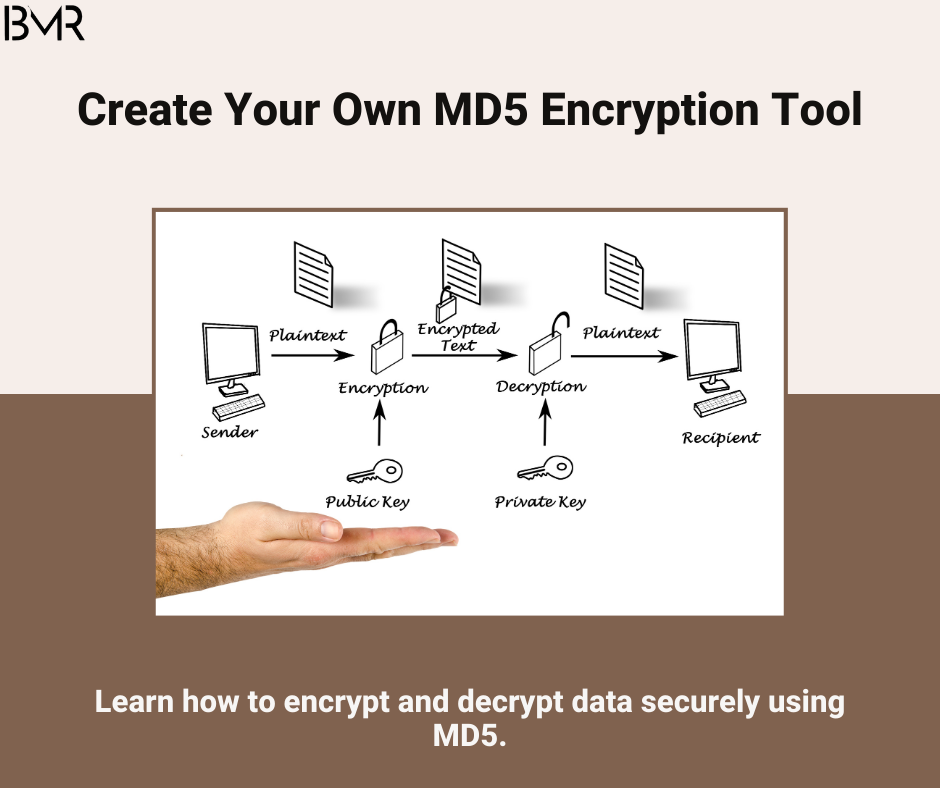

Welcome to our BMR AI CHATBOT.
A free expermental AI tool where you can interact with the webpage, ask question about the webpage and other related doubts.
In some cases reponses may take time to get. In case of error give us your report.
You responses are stored for experimental purpuses. And your personal info is not integrated with you in any way.
Note: AI can make mistakes and can give in appropiate responses. Your feedbak will help us improve.
Stay tuned for more AI products and tools
And Finally don't forget to give your feedback. click on the icon provided to give feedback.
28/07/2024 | B MOKSHAGNA REDDY
There are many encoding schemes and each serves a specific purpose to ensure data integrity, readability, and compatibility across different systems, devices, and platforms. Here are some of the encoding schemes that are commonly used in many systems

Last modified on: 28/07/2024

It’s the process of converting special characters and symbols into their corresponding HTML ent...

Let's create a Range Slider using HTML, CSS, and JavaScript. We use Range Slider especially ...

Let's create a calculator using HTML, CSS, and JavaScript. We use calculators for basic arit...

Starting a blog is easy. Many people earn money through blogging as a main side income stream. Yo...

We will learn how to implement an MD5 encryption/decryption tool using JS, jQuery, PHP, and Pytho...

There are many encoding schemes and each serves a specific purpose to ensure data integrity, read...

The stars of an International team’s jersey indicate the number of world trophies they have won...

It’s the process of converting special characters and symbols into their corresponding HTML ent...

In 1900, India first participated in the Olympic Games. Indian athletes have won 38 medals till 0...

Let's create a Range Slider using HTML, CSS, and JavaScript. We use Range Slider especially ...

Let's create a calculator using HTML, CSS, and JavaScript. We use calculators for basic arit...

Starting a blog is easy. Many people earn money through blogging as a main side income stream. Yo...